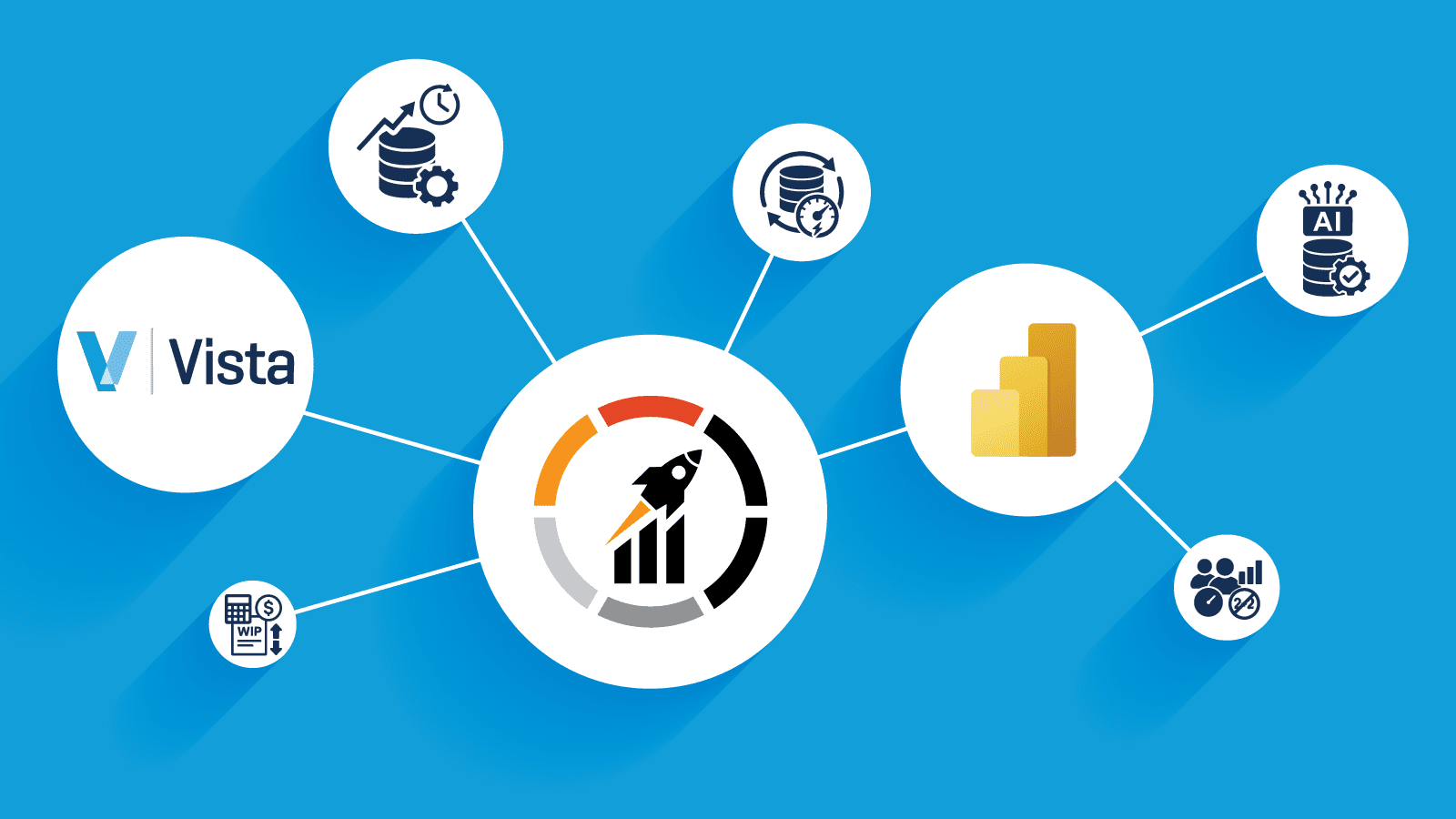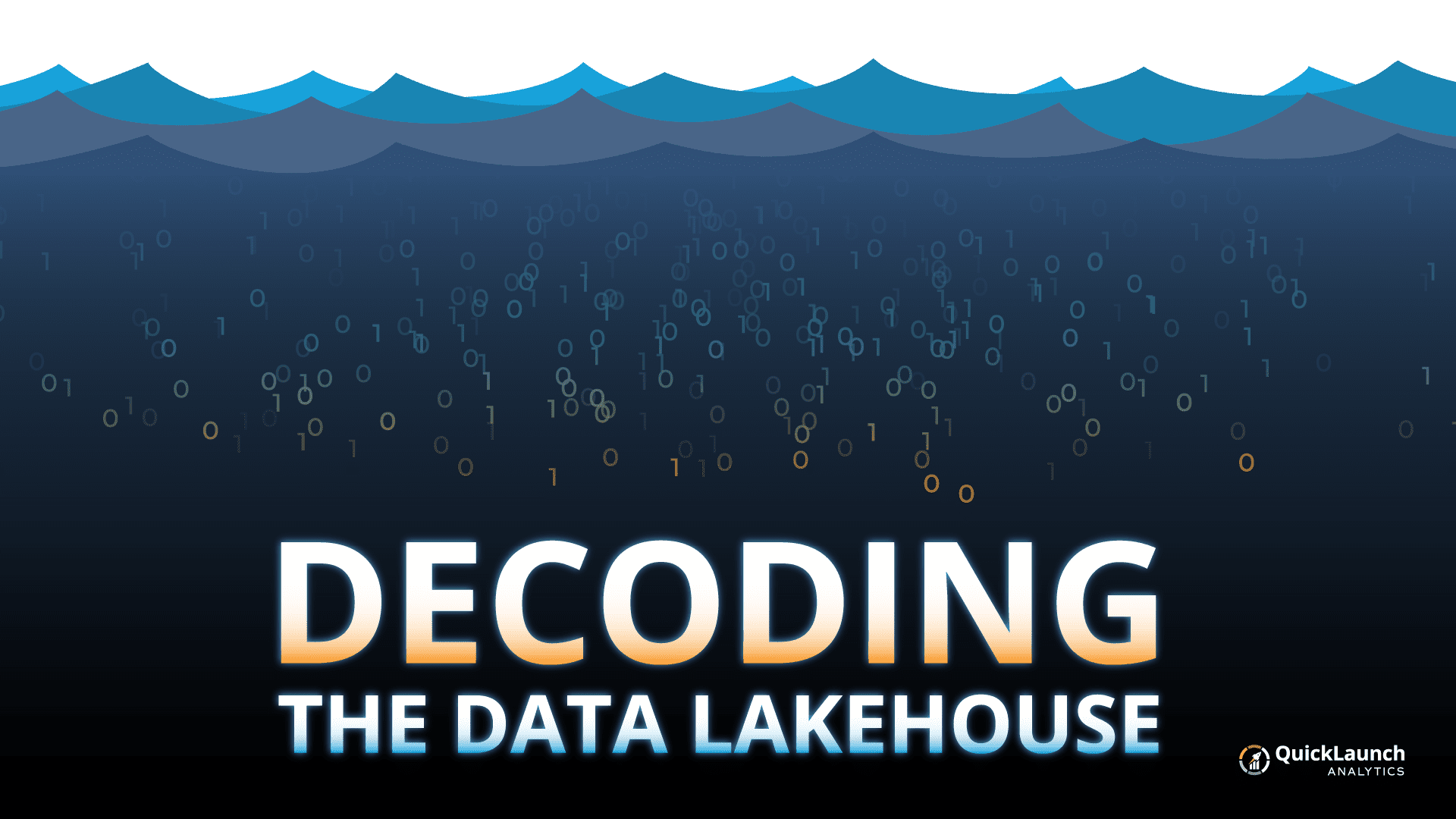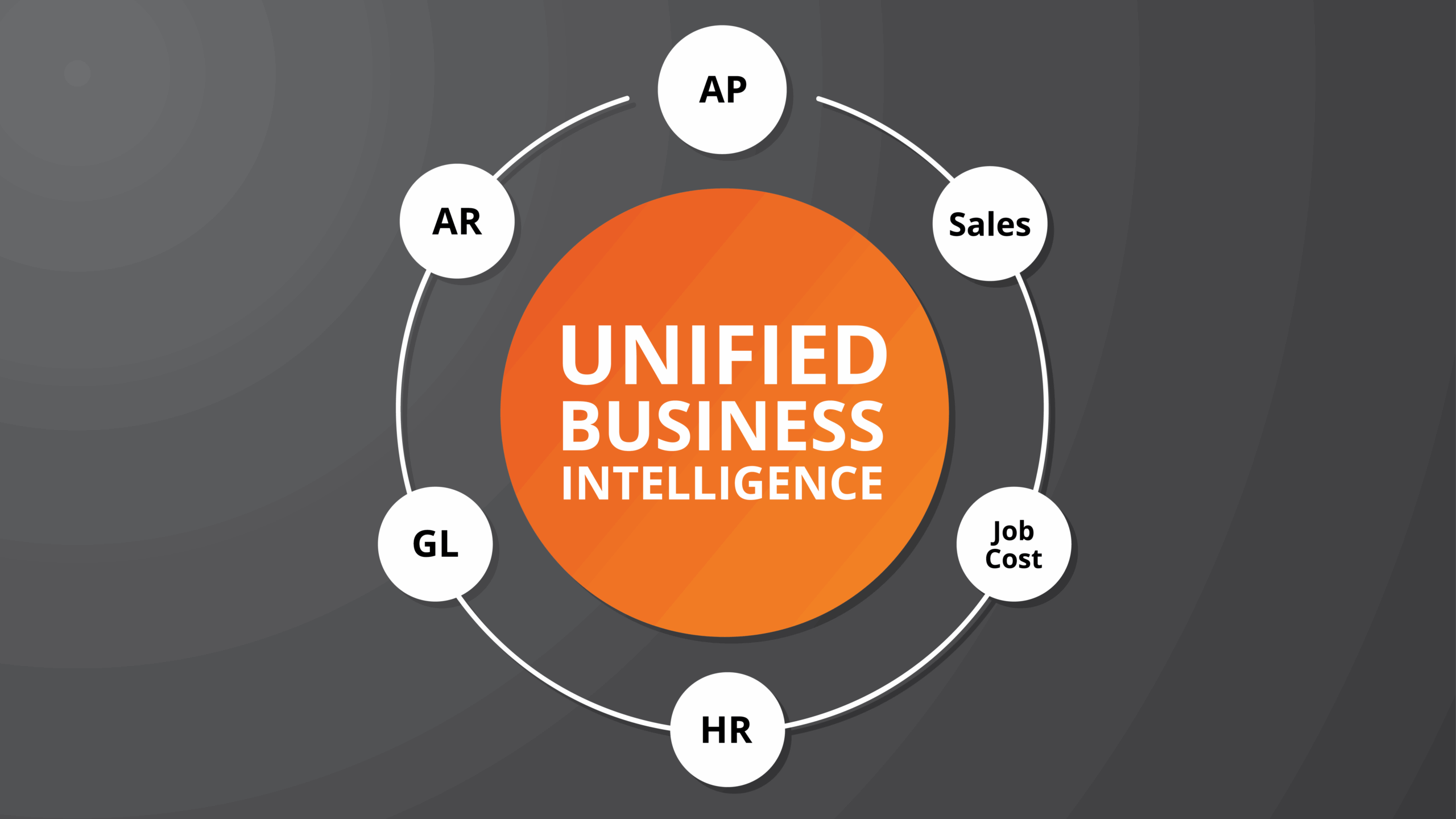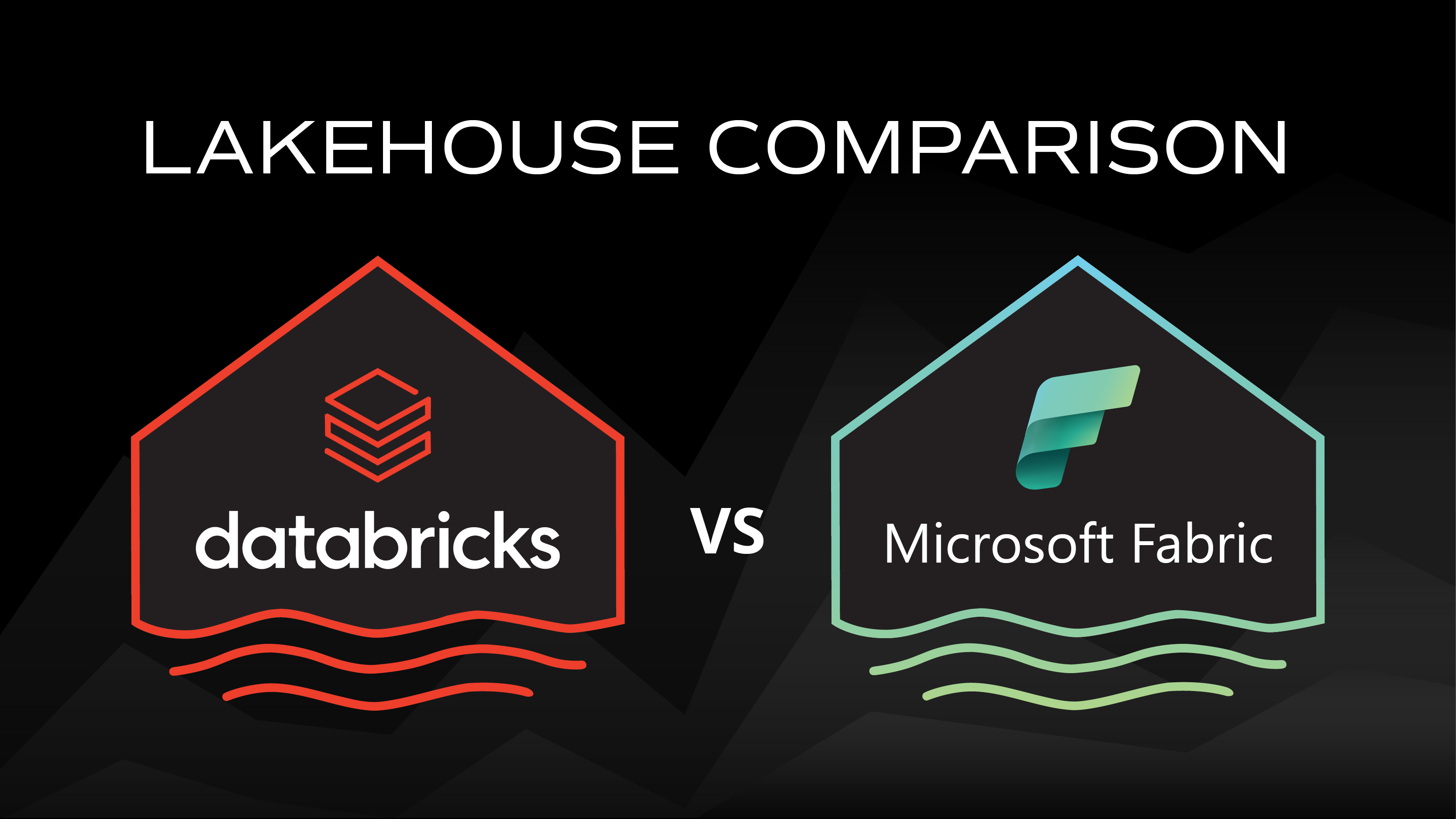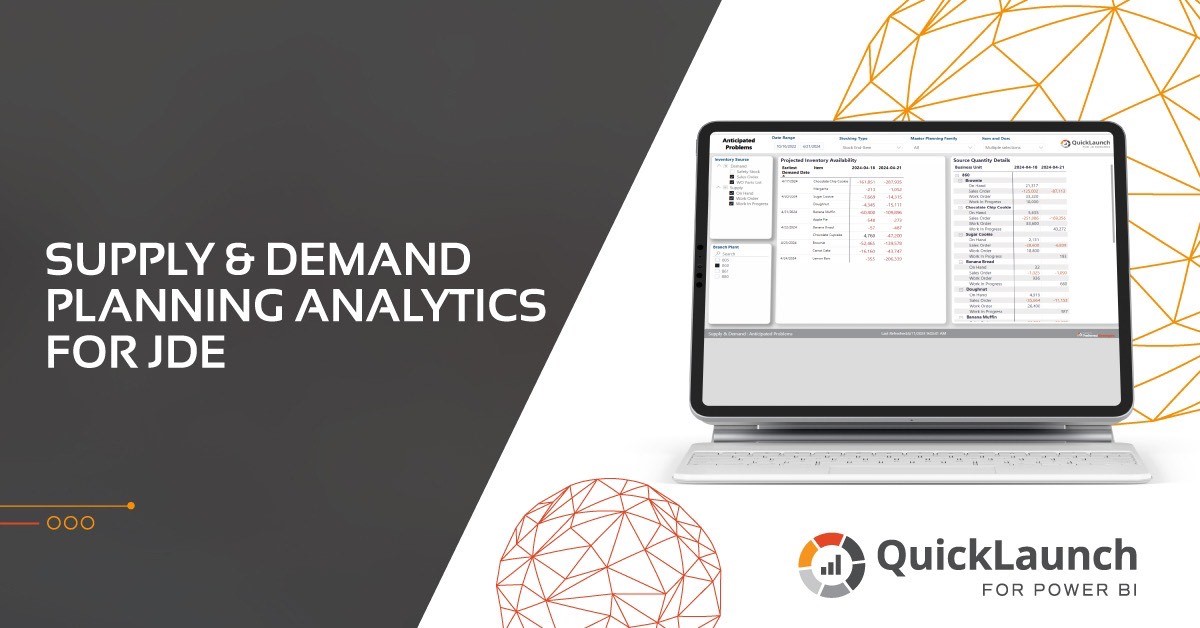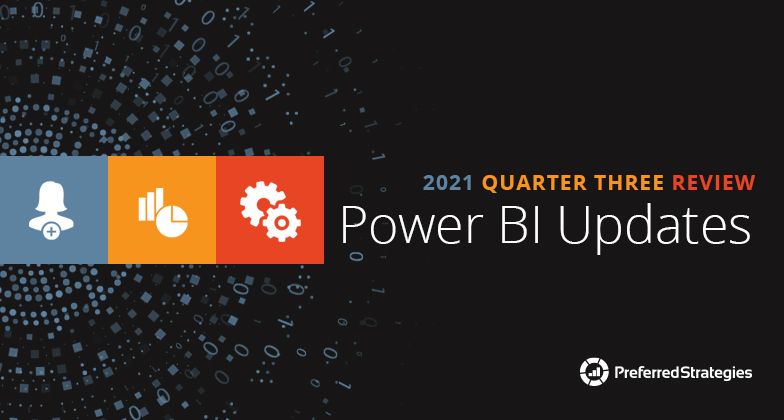Author: David Kettinger
Ultimate Guide to Connecting NetSuite to Power BI
Your finance team manages revenue recognition in NetSuite, your operations team tracks inventory movements, and your sales team monitors customer performance across multiple subsidiaries. But when executives need immediate insights about cash flow trends or inventory turnover analysis, you’re stuck waiting for someone to export saved searches and manually compile reports in Excel. The promise to connect NetSuite to Power BI seems straightforward—until you discover that multi-subsidiary ERP data requires sophisticated modeling that standard connectors simply cannot handle. Enterprise organizations worldwide face the same operational challenge: mission-critical business intelligence remains fragmented across NetSuite’s complex module structure, forcing leadership teams into
Ultimate Guide to Connecting Vista to Power BI
Power BI for Viewpoint Vista: The Complete Guide to Real-Time Construction Analytics Your project managers track costs in the field, your estimators build detailed budgets, and your finance team reconciles actuals at month-end. But when a critical decision needs to be made about equipment allocation or change order impacts, you’re stuck waiting for someone to manually compile reports from multiple Viewpoint Vista modules. The promise to connect Viewpoint Vista to Power BI sounds straightforward—until you discover that construction ERP data requires specialized modeling that generic connectors can’t handle. Construction companies across North America face the same operational bottleneck: mission-critical
Decoding the Data Lakehouse: The Blueprint for Smarter, Faster Decisions
Think of a modern enterprise as a living organism. Its data is the stream of signals running through a complex digital nervous system, informing every action, reaction, and strategic move. But what happens when that nervous system is fractured? When signals from sales conflict with those from finance, and the operational core receives delayed or scrambled messages? The result is organizational paralysis—slow reflexes, poor coordination, and an inability to react intelligently to a rapidly changing environment. This systemic disconnect isn’t a failure of people but a challenge of evolution, born from a decades-long technological tug-of-war that pitted the highly reliable
The Data Silo Tax: Calculating the Hidden Costs of Data Silos
In today’s economy, you expect your business to be taxed on its profits, its property, and its payroll. But there’s another, more insidious tax that most organizations pay without even realizing it—a hidden expense that drains resources, stifles innovation, and quietly sabotages your success. The hidden costs of data silos. It’s called the Data Silo Tax. This is the cumulative cost your business pays every single day for operating with a fragmented, disconnected data environment. When each department—from finance and operations to sales and marketing—runs on its own island of information, the tax shows up in wasted payroll, flawed strategies,
The Definitive Guide to Enterprise BI Integration: From Strategy to Execution
Picture this: It’s Monday morning, and you’re walking into a critical board meeting armed with what you believe are your company’s most important performance metrics. Five minutes into your presentation, your CFO interrupts with a completely different set of numbers for the same KPIs. Your VP of Sales chimes in with yet another figure. Suddenly, instead of discussing strategy, you’re debating which system has the “real” data. This is the frustrating reality in most organizations. You’re not suffering from a lack of data; you’re suffering from a lack of enterprise BI integration. When business intelligence systems and the data that
Databricks vs Microsoft Fabric: Choosing the Right Foundation for Your Enterprise Analytics
In the high-stakes world of enterprise analytics, choosing the wrong data platform can cost your organization millions in wasted resources and missed opportunities. As data volumes explode and AI transforms business operations, organizations face a critical question: build your analytics foundation on mature, data science-centric Databricks technology, or embrace Microsoft’s new integrated, user-friendly Fabric ecosystem? At QuickLaunch Analytics, we’ve worked extensively with both and witnessed firsthand what works, what doesn’t, and which platform is ready for enterprise-grade analytics. This comprehensive comparison will help you understand which company might better align with your enterprise data strategy in today’s rapidly evolving tech
Maximize Efficiency with Supply and Demand Planning Analytics for JD Edwards
Today, according to Allied Market Research on Supply Chain Management, only 6% of companies claim to have full visibility into their supply chain. Furthermore, their 2023 report claims that organizations can double profits by reducing supply chain costs. This indicates that most companies can stand to make a lot more money if they are able to increase transparency through better access to supply chain information and more efficient processes. At QuickLaunch Analytics, we’ve been helping manufacturing companies that run JD Edwards gain visibility into their supply chain processes since 2002 with our QuickLaunch for JDE solution. The latest QuickLaunch product
Power BI Updates for Enterprise Analytics: Q2 2023 – Part 1
As we move towards the holiday season, let’s review what the Power BI team has been up to over the summer and early fall of 2023.
Power BI Updates for QuickLaunch Customers: Q3 2021
As we move towards the holiday season, let’s review what the Power BI team has been up to over the summer and early fall of 2021.
Power BI Updates for QuickLaunch Customers: Q2 2021
The Power BI team has been releasing new features in full force. Q2 has seen a steady stream of updates to all areas of the platform.

